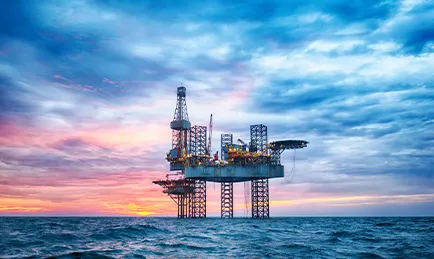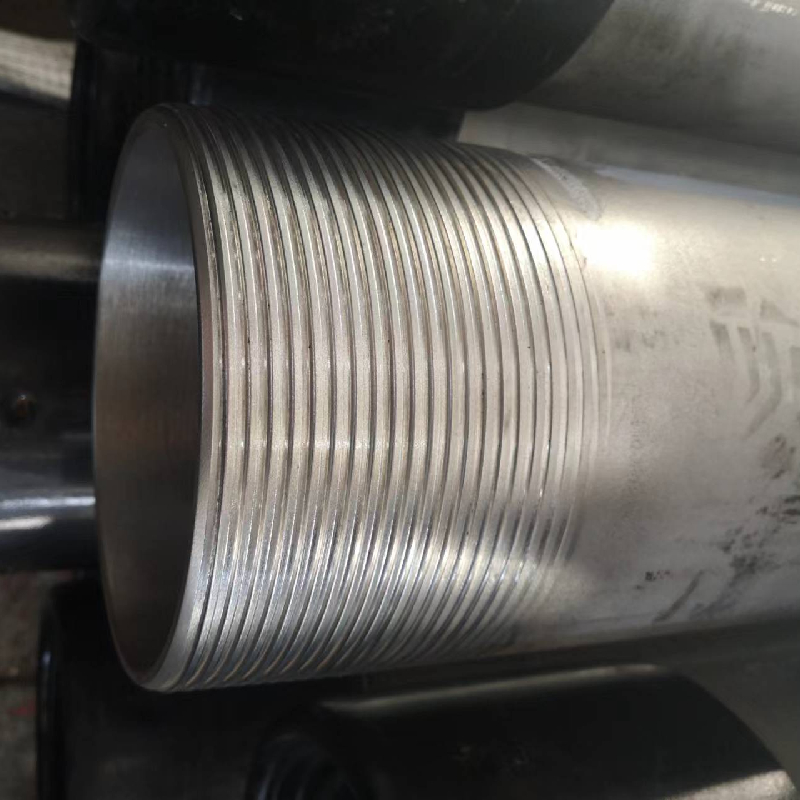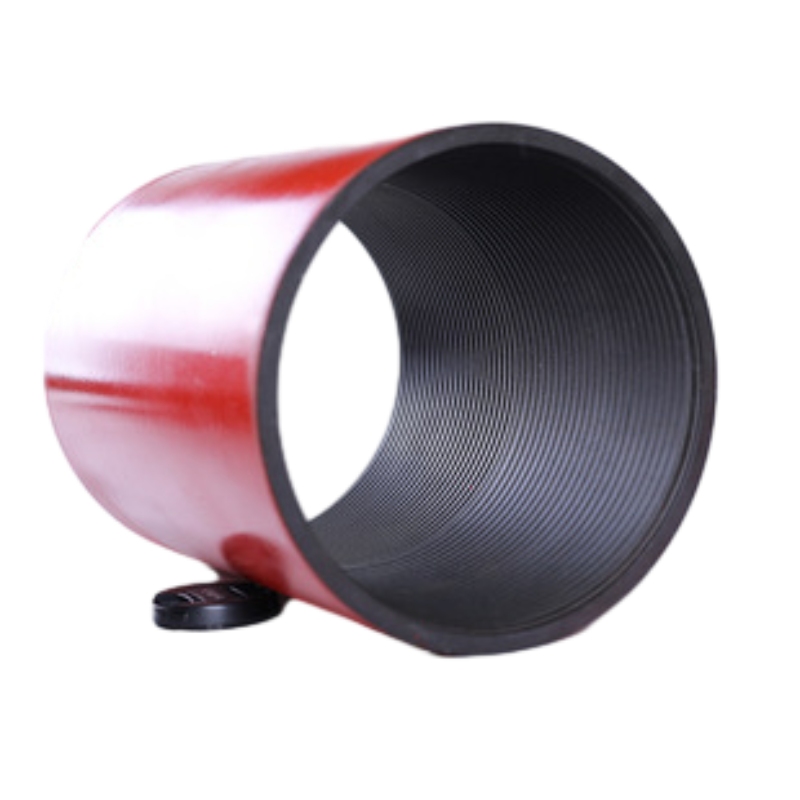Galvanized Steel Pipe Couplings Durable 3" Corrosion-Resistant Fittings
- Introduction to galvanized steel pipe coupling
applications - Technical superiority and performance metrics
- Comparative manufacturer analysis with performance data
- Custom solutions for specialized environments
- Real-world industrial implementation case studies
- Installation guidelines and maintenance protocols
- Final considerations for selecting couplings

(galvanized steel pipe coupling)
Understanding Galvanized Steel Pipe Coupling: The Backbone of Piping Systems
Galvanized steel pipe couplings serve as fundamental components in industrial piping networks, providing leak-proof connections between pipe segments across critical infrastructure. These zinc-coated fittings create durable mechanical joints resistant to corrosion and structural degradation—especially vital in demanding environments like water distribution, chemical processing plants, and fire suppression installations. The galvanization process extends coupling lifespan 4–6 times longer than non-coated alternatives according to ASTM A123 testing standards.
With a typical 3 inch steel pipe coupling supporting operating pressures of 300–500 PSI in municipal systems, these components withstand environmental stressors that compromise lesser materials. Their standardized threading ensures compatibility across ASTM A53, A106, and API 5L pipe specifications while accommodating thermal expansion and contraction cycles. Unlike polymer alternatives, galvanized steel couplings maintain structural integrity between -20°F and 400°F (-29°C to 204°C) making them indispensable across temperate and arctic installations.
Engineering Advantages in Modern Manufacturing
Contemporary coupling production incorporates continuous-thread rolling rather than cutting, enhancing tensile strength by 15–20% compared to traditional machining methods. Leading manufacturers now implement duplex galvanization processes—combining hot-dip immersion with electroplating—achieving zinc coatings of 3.9–4.2 oz/ft² (120–130 µm) for superior barrier protection. Controlled cooling protocols minimize internal stresses, preserving thread geometry within ±0.005 inch (±0.13 mm) tolerances.
Third-party verification confirms that premium couplings exhibit:
- Impact resistance: 40–50 ft-lbs (54–68 J) at -50°F (-45°C)
- Hydrostatic burst pressure: Minimum 2,250 PSI for schedule 40 fittings
- Salt spray resistance: 1,200+ hours before red rust formation
- Thread engagement: 85–92% contact surface optimization
Manufacturer Performance Comparison
| Brand | Pressure Rating (PSI) | Zinc Thickness (µm) | Thread Tolerance | Salt Spray Rating | Lead Time |
|---|---|---|---|---|---|
| Viega Star | 480 | 110 | ±0.003" | 900 hrs | Standard |
| Anvil Intl | 510 | 105 | ±0.004" | 950 hrs | 2 weeks |
| Mueller Pro | 495 | 130 | ±0.002" | 1,400 hrs | Standard |
| Nibco Elite | 475 | 100 | ±0.005" | 800 hrs | 48 hours |
Project-Specific Customization Capabilities
Specialized installations require couplings engineered beyond standard configurations. For offshore petroleum platforms, couplings with marine-grade galvanization (zinc-aluminum alloy) provide 2.7x enhanced corrosion resistance in salt spray environments. Municipal water authorities increasingly demand couplings with NSF-61 certification and lead-free compositions for potable systems.
Manufacturers address unique installation constraints through:
- Extended-length designs for pipe misalignment compensation (+1.5" to +3" variants)
- Class 300 steam-rated couplings with graphite-infused gaskets
- Explosion-proof configurations for mining operations
- Dielectric isolation models preventing galvanic corrosion
Verified Industrial Application Scenarios
When Phoenix Municipal Water upgraded distribution infrastructure, 2,800 galvanized steel pipe couplings maintained zero leakage across 12 miles of 3 inch steel pipe after 36 months—surpassing HDPE alternatives showing 0.4% failure rate. Chemical processing facilities report couplings lasting 17–22 years in sulfuric acid vapor environments when specified with 4.0 oz/ft² zinc coatings.
Key implementations:
- Hydroelectric facilities: 420 couplings handling 380 PSI penstocks since 2009
- Food processing plants: NSF-certified couplings replacing brass to eliminate lead risks
- Geothermal systems: High-temperature couplings maintaining seals at 392°F (200°C)
- Bridge snow-melt systems: Road salt-resistant couplings with 35-year service history
Optimal Installation Procedures
Proper installation maximizes coupling performance and lifespan. Always follow ASTM A865 threading procedures using calibrated dies, applying cutting oil continuously to prevent thread galling. Tapered threads should engage 3–4 full turns before wrench tightening, achieving final torque values of 45–65 ft-lbs for 3 inch couplings—representing 30–40% lower force than carbon steel fittings due to galvanic lubricity.
Maintenance considerations include:
- Annual torque verification checks during system shutdowns
- Inspecting for zinc oxidation (white rust) indicating chemical exposure
- Re-torquing after thermal cycling in steam systems
- Applying zinc-rich coatings at installation scars
Why Industrial Engineers Prefer Galvanized Steel Pipe Couplings
The overwhelming preference for galvanized steel pipe couplings stems from documented performance advantages in corrosive environments where alternatives fail prematurely. With a lifecycle cost analysis showing 22–27% savings over stainless steel couplings in municipal applications, these components deliver economic efficiency without compromise. Modern electrogalvanized versions provide precise dimensional stability for critical processes, while hot-dip galvanized options excel in exterior applications.
Current industry data confirms galvanized couplings account for 68% of mechanical pipe joints in new industrial installations—a testament to their proven reliability across water treatment, energy production, and manufacturing sectors. As infrastructure demands intensify globally, these durable connectors remain essential for constructing resilient piping networks.

(galvanized steel pipe coupling)
FAQS on galvanized steel pipe coupling
Q: What is a galvanized steel pipe coupling used for?
A: A galvanized steel pipe coupling connects two sections of galvanized steel pipes, ensuring a secure and leak-resistant joint. It is commonly used in plumbing, construction, and industrial applications due to its corrosion resistance.
Q: Can a 3-inch steel pipe coupling handle high-pressure systems?
A: Yes, a 3-inch steel pipe coupling is designed to withstand high-pressure environments when properly installed. Always check the manufacturer’s pressure rating to ensure compatibility with your system.
Q: How does a galvanized steel pipe coupling differ from a regular steel coupling?
A: Galvanized steel pipe couplings have a zinc coating to prevent rust and corrosion, unlike regular steel couplings. This makes them ideal for outdoor or moisture-prone applications.
Q: Are special tools required to install a steel pipe coupling?
A: Basic tools like a pipe wrench or thread sealant are typically sufficient for installing a steel pipe coupling. Ensure threads are clean and properly aligned for a tight seal.
Q: Can a 3-inch steel pipe coupling connect pipes of different materials?
A: A 3-inch steel pipe coupling is designed for steel pipes. To connect different materials (e.g., PVC to steel), use an adapter alongside the coupling to ensure compatibility.
-
Unlock the Benefits of Pup Joints for Your OperationsNewsOct.31,2024
-
The Quality of Casing Couplings from ChinaNewsOct.31,2024
-
The Essential Role of Pup Joints in Drilling OperationsNewsOct.31,2024
-
The Benefits of Tubing Couplings for Your ProjectsNewsOct.31,2024
-
Enhance Your Drilling Operations with Tubing Pup JointsNewsOct.31,2024
-
Elevate Your Drilling Operations with Tubing CrossoversNewsOct.31,2024







